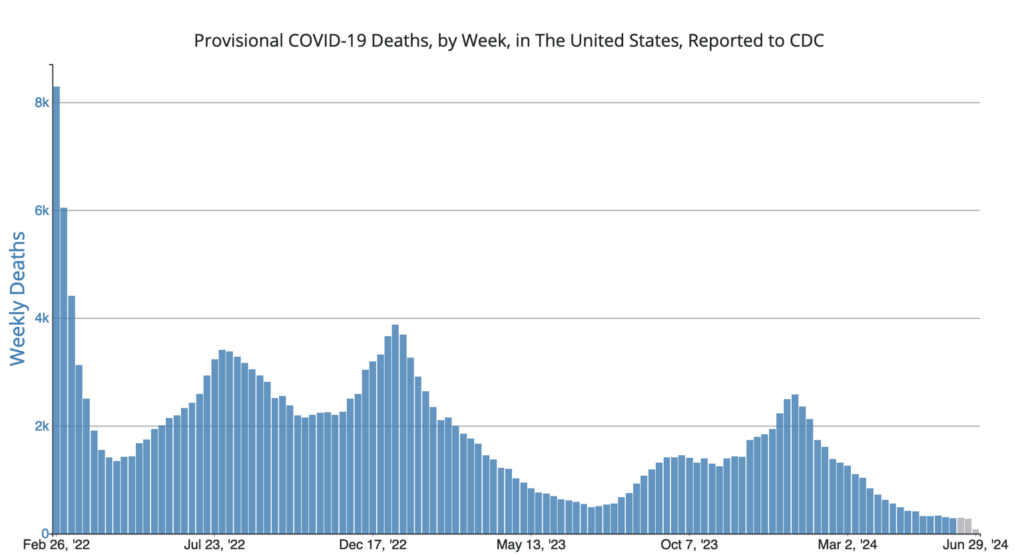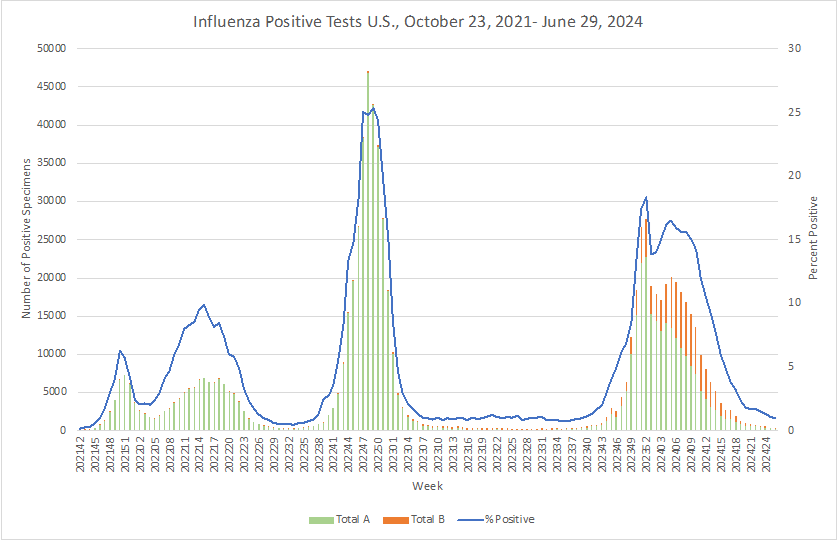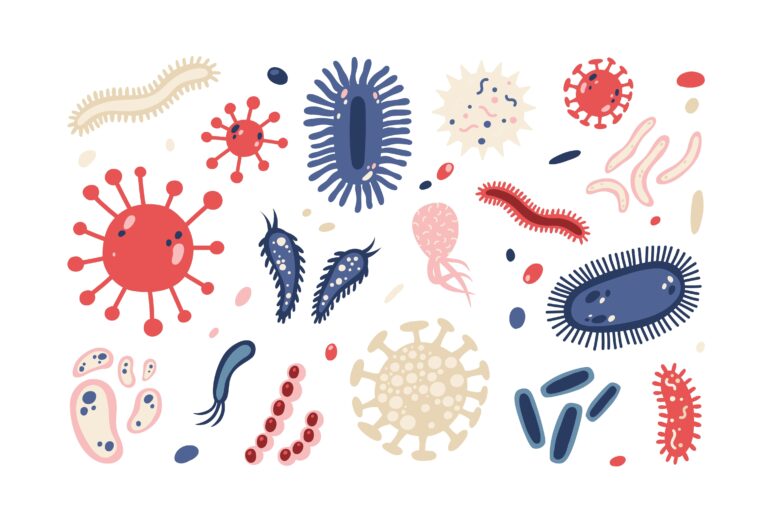In preliminary 2023 data recently released by the CDC Foodborne Diseases Active Surveillance Network (FoodNet), Campylobacter, Cyclospora, STEC, Vibrio, and Yersinia infections were found to have increased as compared with incidence data from 2016-2018. Campylobacter and Salmonella continue to be the top causes of gastrointestinal infections monitored by FoodNet. Incidence of Listeria, Salmonella, and Shigella infections were unchanged.
FoodNet has been tracking trends for infections transmitted through food for 28 years. Its data and insights on incidence of Campylobacter, Cyclospora, Listeria, Salmonella, Shiga toxin-producing E. coli (STEC), Shigella, Vibrio, and Yersinia provide a basis for guiding prevention efforts by many stakeholders across the food chain aimed at reducing the burden of illnesses from foodborne infectious diseases.
The 2023 data could be interpreted as little progress having been made in reducing these diseases, as the overall incidence of Campylobacter, Listeria, Salmonella, and STEC infections in 2023 was higher than the Healthy People 2030 target rates. With these data-driven national objectives published by the US Department of Health and Human Services aimed at improving health and well-being over the next decade, CDC has stated that “Incidence of these infections [tracked by FoodNet] must decrease to meet the target rates.”
However, it should be noted that in this same time period (2016-2018), there has also been an increase in the use of culture independent diagnostic tests (CIDTs). In 2023, more infections were diagnosed by CIDTs than previously. Their use may mean that infections are being detected that would not otherwise be detected.
CIDTs can rapidly detect the presence of a gene or antigen associated with a specific pathogen and often can detect more than one illness agent, if present, in a patient’s sample. It has allowed for increased testing and more rapid medical treatment when indicated, but CIDTs do not provide an isolate of the pathogen. Isolates are needed to conduct whole genome sequencing which can monitor trends in infections, detect outbreaks, and link illnesses to likely sources. WGS data is also used to identify pathogen characteristics, such as serotype, virulence, and antimicrobial resistance.
So, while increased use of CIDTs may be driving increases in reported illnesses, determining the most optimal risk management response may be difficult. This reality reinforces the need for preventive food safety approaches, designed to anticipate possible hazards. Data from FoodNet are a valuable part of a food safety strategy by guiding the hazard identification process. Once identified, valid strategies to address them must be consistently and effectively implemented and applied across the entire food supply chain from farm to fork.
COVID Risk Matrix:

Influenza:


- A model has been published assessing the public health response to the 2017 Ebola outbreak in The DR Congo. It may be applicable to future emergencies.
- Lassa virus infects between 100,000 and 300,000 people annually in West Africa, killing roughly 5,000, according to the Africa Centers for Disease Control and Prevention. A current outbreak of Lassa fever in Sierra Leone is likely associated with contact with infectious rats, so public health efforts are directed at limiting contact between people and these rodents.
- People who have recovered from long COVID can suffer relapses or flare-ups from new viral infections — not just from COVID but from cold, flu, and other viral pathogens, researchers have found. It is believed that this occurs due to viral interference where remnants of virus linger in the body.
- The Oswaldo Cruz Institute confirmed the presence of the worm Angiostrongylus cantonensis, causing meningitis, in snails collected in Brazil. Human infection occurs when people ingest an infected snail or the mucus it releases, containing the worm larvae.
- The UK is switching to a different pertussis vaccine for pregnant women using a vaccine that does not contain polio from July 2024 onward, after studies showed that components of the vaccine had a small impact on children’s antibodies later on.
- A systematic review and meta-analysis of 12 studies suggests meningococcal vaccines show moderate effectiveness against gonorrhea infection.





